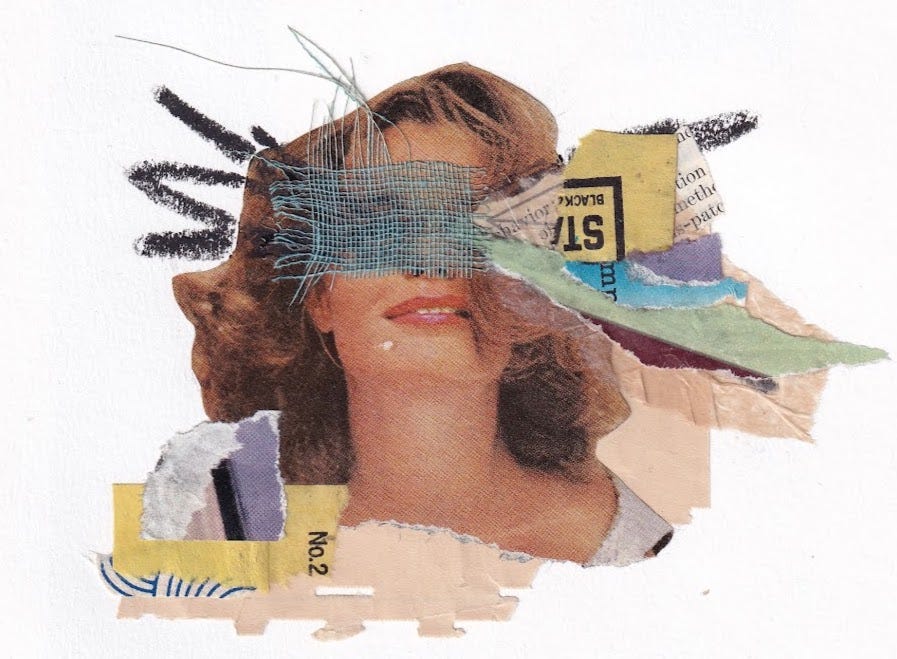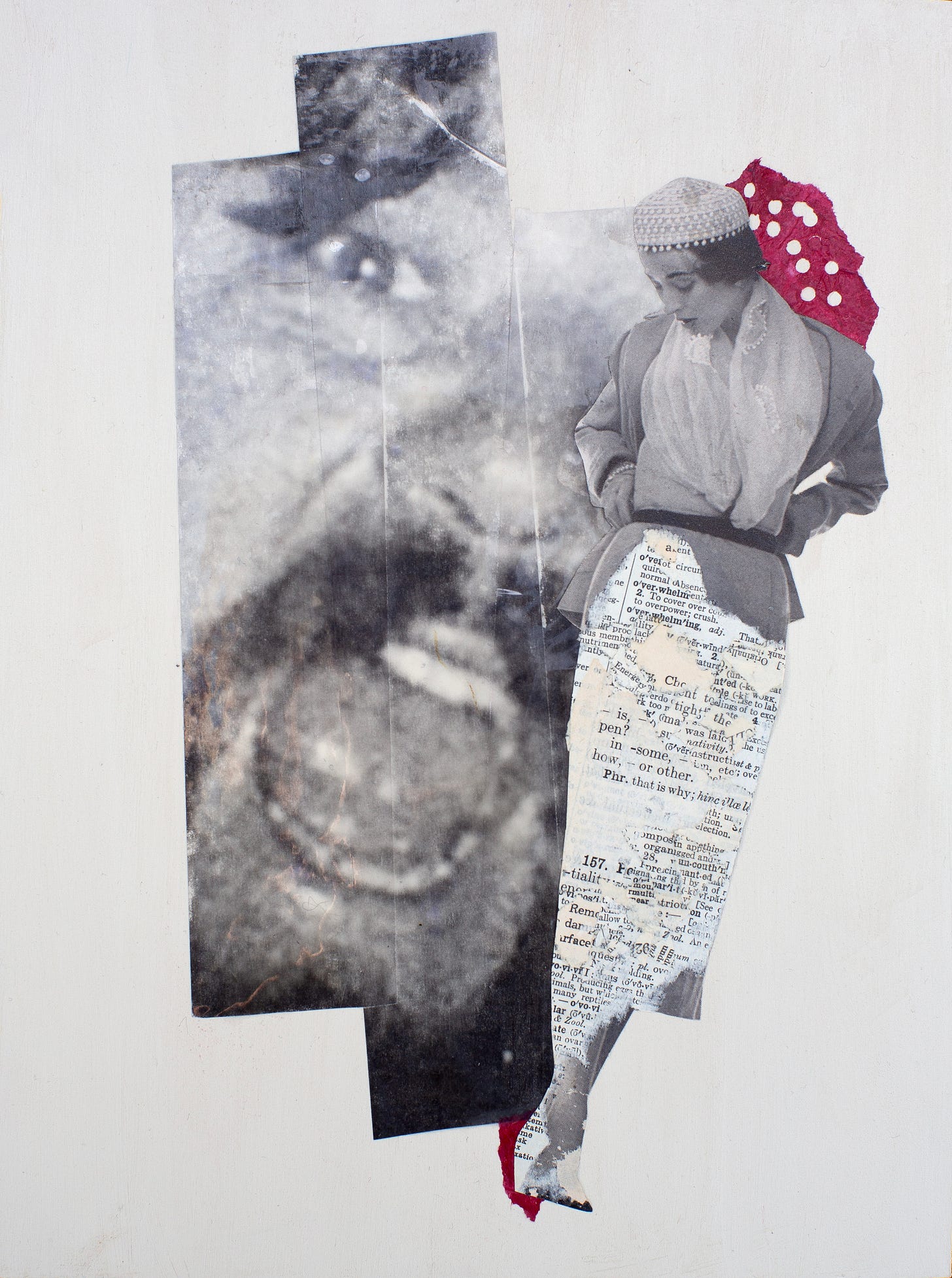First, a quick update – last week’s note tempted fate; that very afternoon my partner and kid got in a car accident. The humans are fine, which is all that matters! But the car is totaled, and that means that something I’ve been looking forward to for months is something I’ll probably need to let go of. As much as I strive toward detachment, this was disappointing, and oh, there were tears. But life goes on. Take it in, and let it be.
Second, have you heard? Tomorrow is International Women’s Day, that time of year when the world magnanimously turns its attention to issues of gender equity for 24 whole hours before patting us gals on the head and asking us to get back in the kitchen, or tend to the little ones. (Note: I’m including all people who identify as women here, regardless of their sex assigned at birth.)
“Imagine a gender equal world,” the IWD site suggests. “A world free of bias, stereotypes, and discrimination. A world that's diverse, equitable, and inclusive. A world where difference is valued and celebrated.”
Perhaps it’s just me, but I’m having a failure of imagination this year. Women’s rights to bodily autonomy are threatened here in the US, and healthcare for transgender people is increasingly difficult to access; women earn $0.82 for every $1.00 men do (and it could take 100+ years to reach pay equity at the current pace of change); childcare is a mess. I may #EmbraceEquity, but if it’s anathema to make independent decisions about the body I live in, I’m not sure the day amounts to much more than a hollow reminder that it may be far easier to regress than progress.
Few probably guess at this, since I present as a rather normie middle-aged mom, but I’ve never been particularly comfortable being a woman. Too direct, too aggressive, too ambitious, too much of everything and also not enough at the same time. An undergraduate digression into gender studies, and particularly Judith Butler’s work on performativity, gave me a new lens on this gender trouble; thinking of womanhood as something constructed and performed within society allowed me to see the simple yet revolutionary act of unapologetically doing and being, well, whatever the hell I want, whether or not it coheres with what the guy down the street thinks is appropriate. And so that’s what I do and how I live, even if it marks me as a rather strange girl.
A lot of my collage reckons with ideas of gender, and how it is manifested and performed. How I am seen, and how I want to be seen. Often this is accomplished by destroying idealized images of women to make visible the inner life a smile can conceal. I am creating versions of myself, in some ways, showing off the hurt and pain, or even the humor, the joy.
It’s disquieting how popular these headless, destroyed women can be. Likes on social media aren’t a particularly good metric, and still I can’t help but to observe the popularity of these deconstructions, often two, three, ten times more popular than abstractions or typographical experiments I create. And I’m left wondering – is the only loved woman a woman destroyed? At what cost?
(There’s much more to say about gender, art, and society, but I’ll leave it for another note, another day.)
Art stuff
LADIES BE CUTTING AND PASTING: Want to get more familiar with collage artists who aren’t men? Rebeca Elizeki’s Collage By Women is a good place to start. The @collagebywomen Instagram account is another great resource.
MASCULINE, FEMININE: My piece in the group show responding to Craig Van den Bosch’s “Reconciling Masculinity: Let the Better Man Win” is up at Shift Gallery in Seattle through the end of March. This collage was hard to make, since it incorporates an image transfer of my estranged, and now deceased, father. He was not an easy man, and I’m not sure he thought much of women, and that gave me enough gender trouble to last a few lifetimes.
Ephemeral thoughts
This week’s bits and bobs, on the gender tip:
READ: I’m slowly working my way through Eleanor Munro’s Originals: American Women Artists and appreciated this musing from the chapter on Mary Cassatt: “To be radically original in the visual arts seems to mean both possessing and abandoning certain parts of the past conceptually as well as technically; giving up those preoccupying subjects and symbols that focus the intellect and by so doing limit the eye and hand from carrying their inventions to unforeseen ends.” May you, I, and everyone we know strive to be extraordinary in our own special ways.
LISTEN: When I need a pick-me-up, I often turn to Laura Marling’s “Strange Girl,” a propulsive, drum-filled celebration of oddity. I love you, strange, lonely, angry, brave – any which way, as long as it’s you.








Really enjoy these communications! :)
Another great issue.👍🏾😊